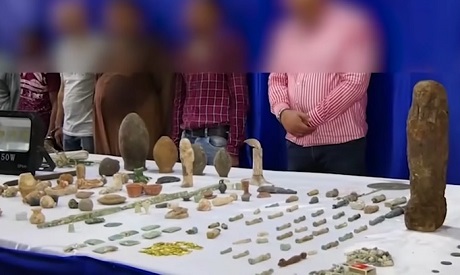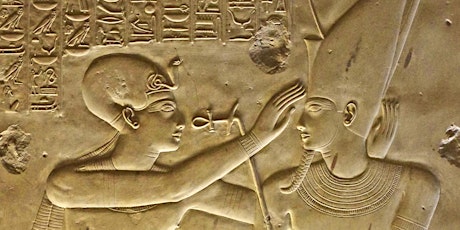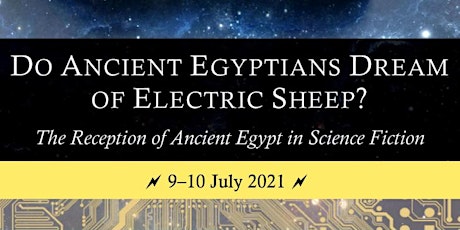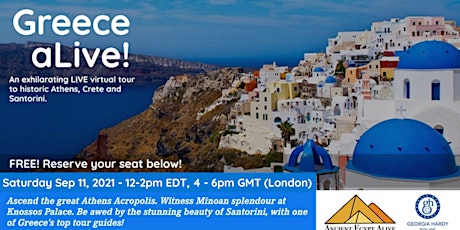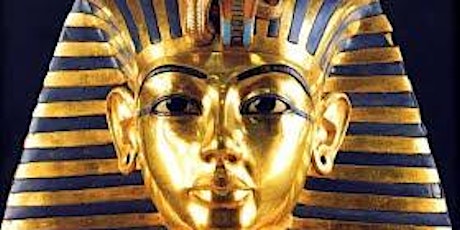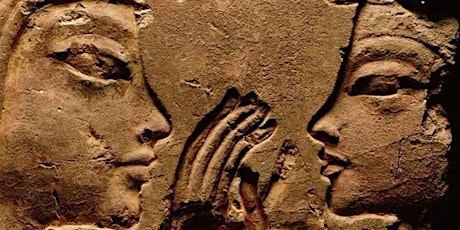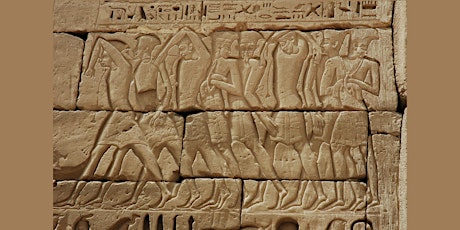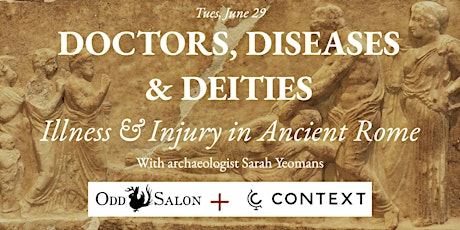In 1823, the chief surgeon at Massachusetts General Hospital, John Warren, prepared to autopsy a 2,500-year-old corpse. Warren figured examining the Egyptian mummy — a gift from a patron that had been placed in the hospital's surgical ward to collect quarters from gawkers — would advance knowledge of the ancients. He carefully began cutting through the old linen, and then stopped. He had exposed a blackened but exquisitely preserved head: high cheekbones, wisps of brown hair, gleaming white teeth. As Warren later recounted, this was a person, and "being unwilling to disturb" him further, he stopped there.
Fast forward to last October, when the press was on hand as Egyptian archaeologists opened the first of a cache of 59 recently discovered mummies for the whole world to see, revealing a perfectly wrapped body. Video of the event went viral, and the Twitter pushback followed: "Even in death POC can't escape the prying and opportunistic advances of white people," wrote one user, in a tweet that gained nearly a quarter-million likes.
The question of whether it is unseemly, ghoulish, disrespectful, or even racist to display ancient corpses, or whether it's a noble contribution to science and education, has nagged mummy displays since Warren took up his scalpel nearly 200 years ago. And the Black Lives Matter movement's focus on issues of cultural ownership and appropriation has only added fuel to a persistent ethical dilemma for museums and experts who study mummies.
The issue is the topic of academic forums and scholarly papers, but the implications are real, both in Egypt and abroad. "It's a huge subject of debate in our field right now," said Pamela Hatchfield, the former president of the American Institute for Conservation, a professional association of art conservators.
In April, onlookers watched as 22 mummies were transported to a new museum in a lavish parade through the streets of Cairo. By one estimate, at least 350 institutions around the world display Egyptian mummies, and the abiding fascination with the ancient kingdom of the pharaohs has made those displays a vital draw for museums, leaving scientists and curators to weigh increasingly fraught questions: Should mummies whose linen wrappings have been removed be re-wrapped for sensitivity? Ought the body, linens and all, be placed back in its coffin? And should that coffin be open, closed, or removed from display altogether?
For Heba Abd el Gawad, an Egyptologist in Cairo, the idea of displaying human remains is "disturbing." But, she said, she cannot speak for all Egyptians and that different perspectives should be considered. "Being an expert or a specialist," she said, "doesn't mean I have to dictate to people how they should feel about their ancestors, and even if they see them as their ancestors or not."
Among the American museums that have reconsidered how they display mummies in recent years is the Rhode Island School of Design Museum in Providence. The museum had a 2,100-year-old mummified priest named Nesmin in residence since 1938. Lying wrapped next to his coffin, he was a hit with sixth-grade field trips. But in April 2014, he was moved to a more conspicuous central hall and soon became the focus of a debate over how to treat racial and cultural histories.
Some critics called the display disrespectful, or even offensive. In 2016, the museum held a public discussion. One researcher with Egyptian roots said she was "struck at having to see one of my ancestors on display this way." She offered hymns and moments of silence, and said she "wanted to bring flowers" to the old mummy.
After long reflection, the museum staff gently lifted Nesmin back into his coffin in August 2018. Then, they shut the lid, returning the mummy to eternal darkness.
Advocates for greater modesty say mummies did not agree to have their bodies put on public display, and that cultural respect demands they be removed from view. Other experts argue that ancient Egyptians embraced the union of death and life, and that the dead were mummified to give the spirit a body, and thus would have welcomed some modern interaction with the living. But those arguments fly against the current demand for greater cultural sensitivity.
"Everyone is afraid to speak up," said Jasmine Day, a scholar and president of the Ancient Egypt Society of Western Australia in Perth, who said objections to displaying mummies are coming from "the fashionably offended." She said she is "alarmed to hear about the wave of conservatism and risk aversiveness sweeping through the world of museums."
Some critics maintain that racism infused the White-dominated collection of antiquities. White explorers, collectors, and archaeologists brought mummies by the hundreds back from Egypt in the 1800s and early 1900s, though many of them were dug up by Egyptian tomb raiders or bought from Egyptian authorities.
A French tourist reported in 1833 that "it would be hardly respectable" to return from Egypt "without a mummy in one hand and a crocodile in the other."

The coffin of Nesmin, a 2,100-year-old priest whose wrapped remains were displayed until 2018. Visual: Rhode Island School of Design Museum Appropriation Fund and Mary B. Jackson Fund
At the entrance to the Johns Hopkins Archaeological Museum in Baltimore lies a partially unwrapped female called the Goucher mummy, with her arms crossed on her chest. In 2008, Sanchita Balachandran, associate director and conservator at the facility, said she worked for weeks to try to stabilize the condition of the mummy. "I spent a lot of time with just her," Balachandran said, and developed "a personal relationship with a human being, with a person." As a result, she said that her feelings about public exposure of the mummy have evolved.
"I think people are very disturbed by encountering a real person just lying there," she said. Balachandran said she is conflicted about the display and has gradually become more protective of the Goucher mummy. Before the pandemic closed the museum, "people used to come in and take selfies of her, right? And I would say, 'You know what, she doesn't give you her consent to be photographed. So you can't do that.'"
Activists and scholars calling for change say mummies have long been objectified by museums, which treat them as artifacts. Indeed, despite Warren's 19th-century epiphany that the mummy in his care, named Padihershef, was a human being, the corpse remains under a glass case at the old surgical ward of the hospital, his head still unwrapped, staring forever skyward.
"I spent a lot of time with just her," Balachandran said, and developed "a personal relationship with a human being, with a person."
The ethical view of mummies began changing in the United States after the civil rights movement of the 1950s and '60s, and its echoes for Indigenous Americans. In 1990, the Native American Graves Protection and Repatriation Act required the return of Indigenous remains to tribes in the U.S. Afterward, museum officials began to look uncomfortably at the Egyptians in their holdings. "When you begin to think about it, you know, what is the difference between Native American remains and Egyptian remains?" said Gina Borromeo, chief curator and curator of ancient art at the Rhode Island School of Design Museum.
"Do mummified human remains belong in an art museum? He's not an art object. He's a human being," said Ingrid Neuman, a senior conservator who agonized alongside Borromeo when students began raising objections to the display of Nesmin during a packed meeting in 2016. "I think that a human body is different than a painting on the wall in a museum."
The clash of opinions brackets the dilemma for museums. In choosing how to display mummies, whose voice counts: The perceived wishes of the ancients? Modern Egyptians? Scientists and scholars? Or museum patrons? In a Skype interview, Abd el Gawad said the views of modern Egyptians like herself are too often ignored because of the "racist colonial misperception" that "the human remains coming from ancient Egypt are unclaimed and uncontested."
"We are not seen as the ancestors of the ancient Egyptians," she said.
Others argue it is far from obvious what the ancient Egyptians — who desperately sought immortality — would have wanted, or who should speak for them now. Day, the Australian researcher, agrees that mummies deserve respect, but thinks removing them panders to a modern aversion to seeing the dead. Museums should "display mummies in a way that presents them as people, not 'here is an object in an art museum,'" she said via Skype. But museums can humanize ancient Egyptians, she added, by using "Human Remains" warning signs, hushed rooms, darkened lighting, and limited access to mummy displays.
Peter Lacovara, a former senior curator at the Carlos Museum in Atlanta and currently the director of the Ancient Egyptian Heritage and Archaeology Fund in New York, calls objections to the display of mummies "uninformed" about the ancient Egyptian religion. "More than anything, Egyptians wanted to be seen, they wanted their likenesses to be seen. They wanted to be remembered," Lacovara said. "They wanted to be part of the world of the living. And of course, this is what museum displays do."

